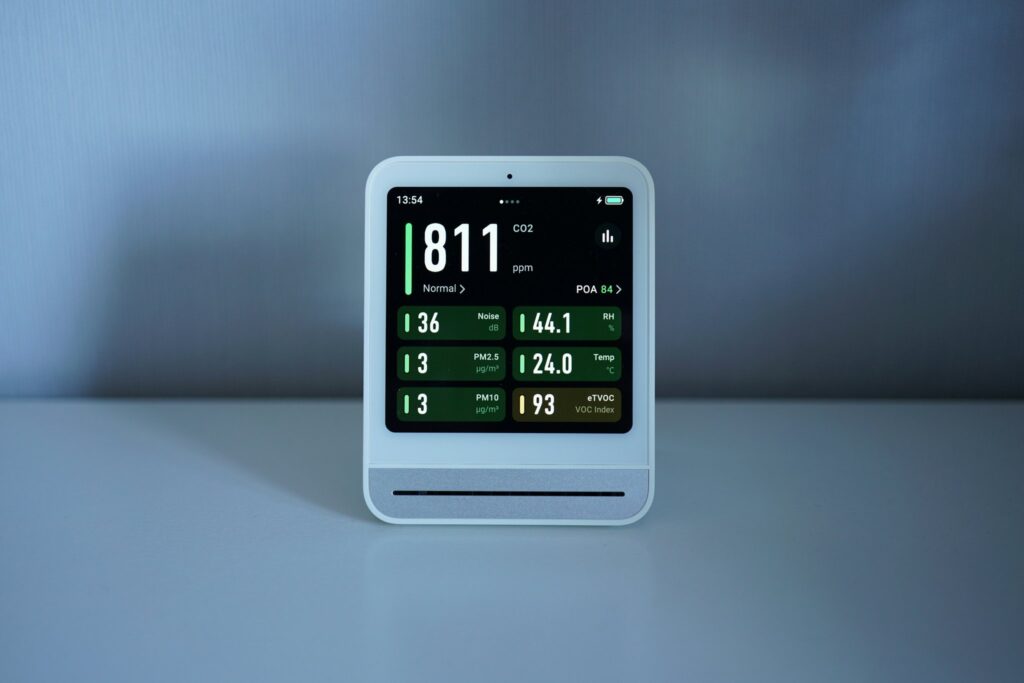Ever felt like your phone is a ticking time bomb for stress? One minute you’re mindlessly scrolling, and the next, your cortisol levels are spiking faster than you can say “digital detox.” It doesn’t have to be this way. The secret to calming chaos lies in harnessing tools designed for peace—not panic. Enter stress management apps, the gateway to what we call digital serenity.
In this post, we’ll explore how these apps can help reclaim mental clarity, boost productivity, and bring balance back to your life. You’ll learn about their benefits, actionable steps for choosing the right app, tips for maximizing effectiveness, real-world success stories, and answers to frequently asked questions. Let’s dive in!
Table of Contents
- Introduction
- The Problem with Digital Overload
- Step-by-Step Guide to Choosing a Stress Management App
- Best Practices for Maximizing Your App Experience
- Real-World Success Stories
- FAQs About Stress Management Apps and Digital Serenity
- Conclusion
Key Takeaways
- Stress management apps offer tools like guided meditations, breathing exercises, and reminders to disconnect from screens.
- Digital serenity starts by curating your tech environment and using apps intentionally.
- Picking the right app requires understanding your goals, preferences, and lifestyle habits.
- Consistency is key—small daily efforts compound into significant long-term benefits.
- Some terrible advice out there promotes over-reliance on apps without addressing root causes of stress.
The Problem with Digital Overload
Let me tell you something embarrassing. A few months ago, I hit rock bottom after noticing my phone usage had skyrocketed to seven hours a day. Seven. Hours. If I were paid minimum wage for every hour wasted doom-scrolling through social feeds, I’d barely cover my coffee addiction.
This wasn’t an isolated incident. Studies show that adults spend an average of 5-7 hours staring at screens daily. That’s half our waking lives devoted to devices meant to simplify things—not amplify anxiety! This constant barrage of notifications disrupts focus, strains relationships, and wrecks sleep patterns.
Optimist Me:* “Surely there’s hope!”
Grumpy Me:* “Hope? What good will it do when Instagram notifications keep popping up?”*
Luckily, stress management apps exist precisely to counteract such madness. By providing structured tools for mindfulness and relaxation, they reintroduce intentionality into our digital habits.

Step-by-Step Guide to Choosing a Stress Management App
Step 1: Define Your Primary Goals
Are you looking to reduce anxiety, improve focus, or enhance sleep quality? Different apps cater to different needs. For example:
- Headspace: Ideal for beginners wanting meditation guidance.
- Calm: Perfect for sleep stories and soothing sounds.
- PacificA: Best for tracking mood patterns and practicing cognitive behavioral therapy techniques.
Step 2: Evaluate Features
Look for standout features like:
- Mood journaling capabilities.
- Customizable reminders to unplug.
- Breathing exercise tutorials tailored to various scenarios (e.g., work breaks, bedtime).
Step 3: Check Compatibility and Cost
Some apps integrate seamlessly with wearable devices like Fitbit, which might appeal if you already own one. Others offer free trials but lock premium content behind subscriptions—ensure the investment aligns with your budget and commitment level.

Best Practices for Maximizing Your App Experience
- Set Boundaries: Dedicate specific times for app use; don’t let notifications intrude on family dinners or deep work sessions.
- Pair with Offline Activities: Combine app-guided practices with offline hobbies like journaling or yoga.
- Track Progress Consistently: Use built-in analytics to reflect on improvements over weeks or months.
- Avoid Over-Relying on Apps Alone: While convenient, apps shouldn’t replace professional help or broader lifestyle changes.
Real-World Success Stories
Jessica, a marketing executive, shares her journey: “I started using a stress management app during a particularly hectic quarter. Within weeks, not only did my insomnia disappear, but I also noticed better concentration during meetings. Now, I swear by daily check-ins—it’s chef’s kiss for mental resilience.”

FAQs About Stress Management Apps and Digital Serenity
Q: Do I really need another app to manage my stress?
Absolutely not—but think of it as a tool to reshape your relationship with existing ones. Like swapping fast food for healthier options, adding a high-quality stress management app replaces digital junk with nourishment.
Q: Can these apps replace therapy?
Nope, sorry. They’re supplements, not substitutes. Think of them more like snack-size motivational quotes rather than full-course meals.
Q: How much time should I dedicate to using these apps?
Start small—just five minutes a day. Gradually increase as needed, but remember, consistency beats length.
Conclusion
Finding digital serenity in today’s hyperconnected world feels daunting, but stress management apps provide a lifeline amidst the chaos. From reducing anxiety to fostering mindful tech use, these tools empower us to live fully online and offline.
Remember: The path to tranquility isn’t paved overnight. But with dedication—and maybe fewer doom-scrolls—you’re well on your way to mastering modern-day calm. And hey, who knows? Maybe someday, the whirrrr of your laptop fan won’t signal impending burnout—but peaceful Zen vibes instead.
Like Mulan saying no to tradition—embrace change, embrace digital serenity.


